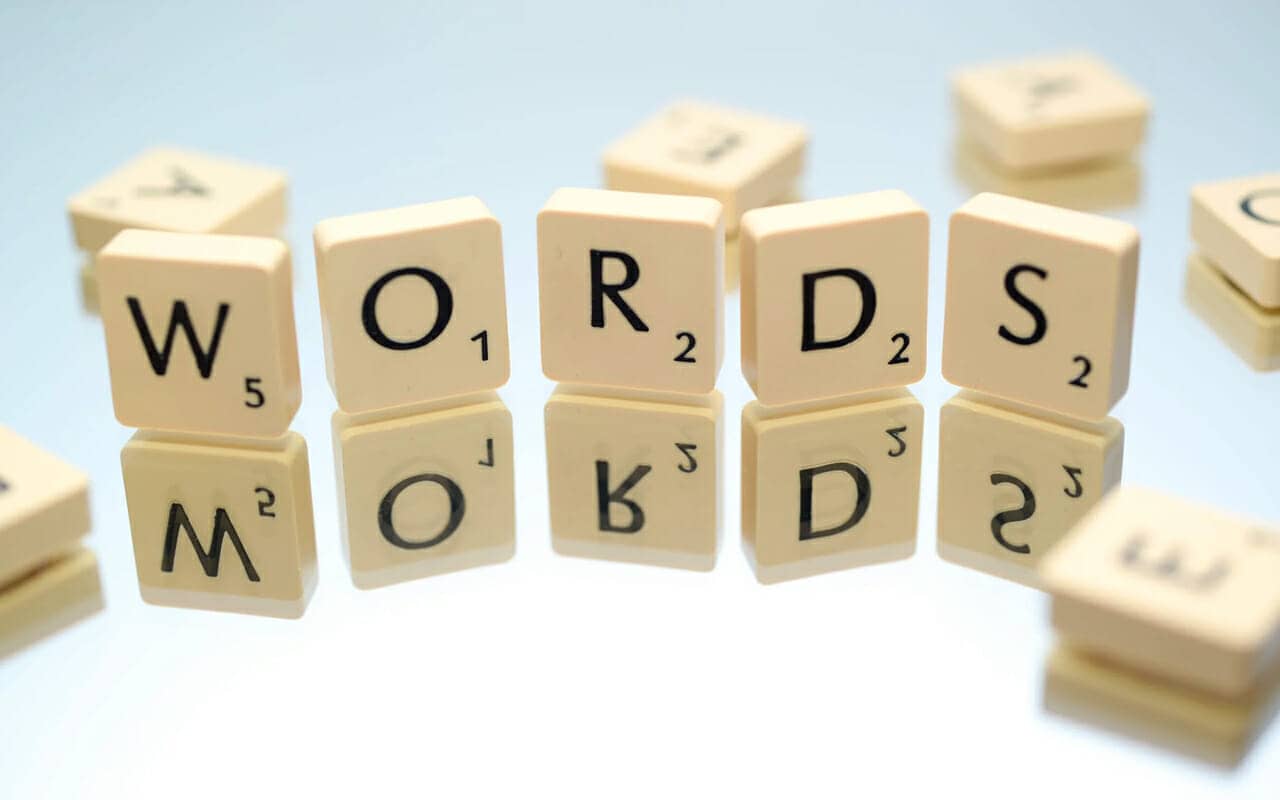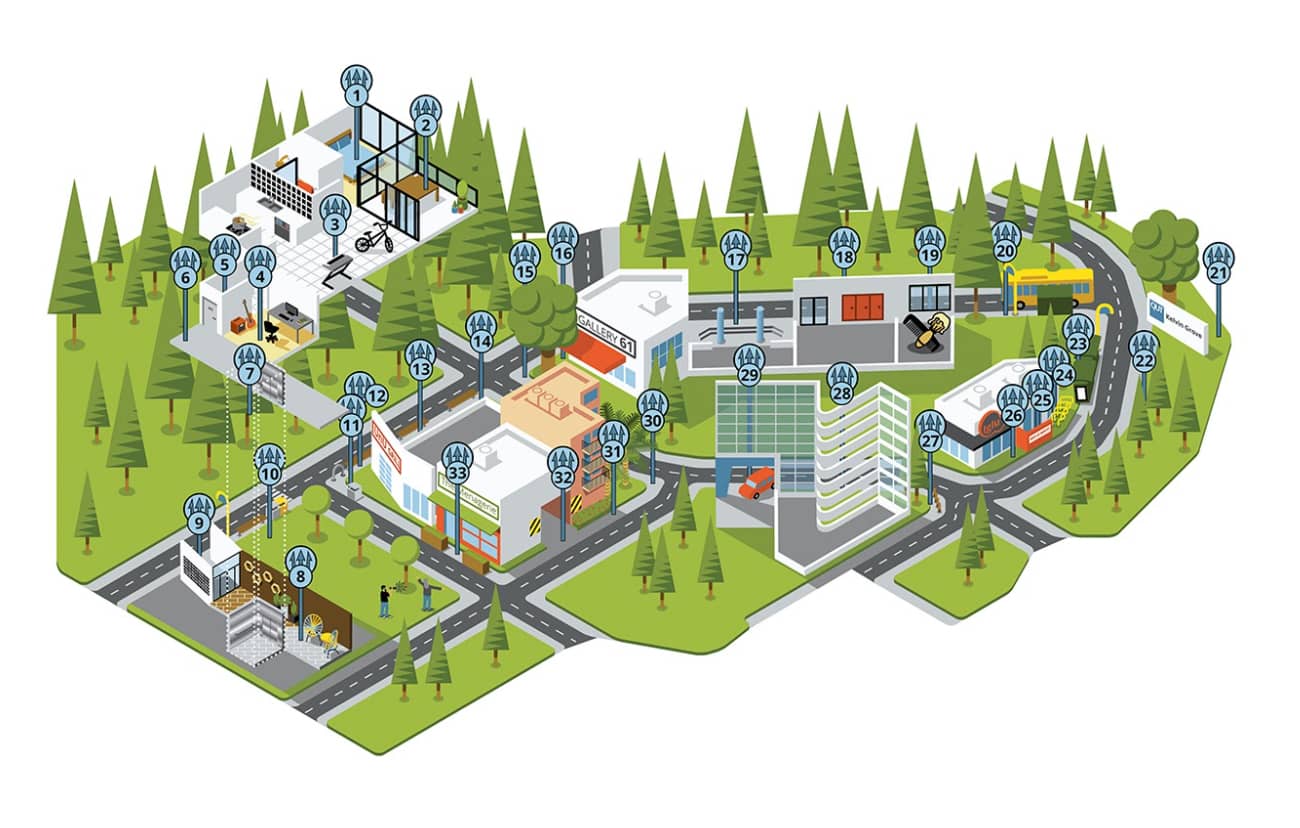Podcast: Download
Subscribe: Apple Podcasts | RSS
 Ever heard about the 10,000 hour rule?
Ever heard about the 10,000 hour rule?
It’s the idea that world class musicians and athletes spend at least 10,000 hours to master their skills.
In language learning, some people say that 10,000 words is the minimum number you need to be fluent.
The only problem is…
They’re both absolutely and utterly wrong.
Basic fluency starts at 1000-1200 words and proficiency at an academic level is considered by some testing bodies as a vocabulary of 16,000 words.
But even these numbers are questionable.
So if you’re ever wondered how many words you need to know to be fluent in a language, today you’re getting the real deal.
Even better:
I’ll show you exactly how to memorize 10,000, 20,000, 30,000 words, and more, all while coming to understand a much more important number.
Ready? Let’s get started!
How Many Words Do You Need to Know to Be Fluent in a Language? The Answer
If you want to understand approximately 75% of what native speakers are talking about in everyday life, you’ll need between 1000-1200 words.
This is according to A2 on the CEFR test. For that accomplishment, you’ll need knowledge of approximately 1000 words. I’ve done it myself in German and that number sounds right to me.
For some people, 1000 words is going to sound like a lot to cover. But the problem is now the amount of words. What really matters is this question:
How exactly are these words counted? Take the word “run” in English, for example. Is it really just one word?
Not really. It’s also:
- To run
- To have run
- Ran
- Running
There are other examples, such as dog becoming dogs, or cat becoming cats. A lot depends on the morphology, because in some languages, grammar will determine whether a new word needs to be used or not.
In sum, the number of words you need to learn to become fluent depends on two things:
- Your personal definition of fluency (a.k.a. your goal)
- The way you speak in your mother tongue in order to accomplish everyday goals
- An external testing structure like the CEFR
If you take the CEFR as your standard, which is not a bad idea, then C2 requires familiarity with 16,000 words. But this is generally based on what you will need to understand scholarly and academic writing, a class of information that may have little or nothing to do with your daily life.
Again, keep in mind that how those words in the different levels involves matters of grammar. This means that you can often boost your word count simply by knowing how one word operates in different tenses.
But you can also think about the exact number of words you need by thinking about the goals you need to achieve. If you don’t read scholarly papers, then you might not need anything close to 16,000 words.
How to Figure Out How Many Words You Truly Know
Think about your mother tongue.
How many words in the language can you recall right now?
Chances are that you would struggle to list all the words you’ve learned over the course of your lifetime.
The same thing will be true when working towards fluency. This is because active vocabulary consists of the words we use most often, even in the easiest language you can choose to learn.
Passive vocabulary, on the other hand, involves words that have gone into reserve. We have to stretch to remember them because we use them less often. That, or we might undergo linguistic deskilling for a variety of reasons.
For example, this happened to my English when I spoke primarily German for a few years. Likewise, in Mandarin, if I don’t use the new words I learn frequently, I can wind up struggling to get them back from memory or confuse them with other words.
All of these facts about language learning beg the question:
How do you know how many words are active in your vocabulary? Here are a few things you can do.
One: Anki
Anki is a spaced repetition app that will help you track your recall rate.
It’s easy to use poorly, however, so be sure to check out my article on how to optimize your use of the tool.
Two: Flashcards
If you use physical flashcards as part of your language learning efforts, you can simply count how many you answer correctly.
Three: Listening Tests
Throw on a podcast or movie in the language you’re learning.
Using a notebook, keep track of how many words you recognize.
There might be a catch with this kind of testing, however. If the movie or podcast is in a dialect you’re not familiar with, your accuracy count might not be accurate.
This can happen in your mother tongue too. For example, when watching Deadwood or The Witch, both of which use older forms of English, I sometimes didn’t recognize words or expressions, even though they are technically in my mother tongue.
Four: Reading Tests
As you read, keep a tally of how many words you understand. If you read at an especially high level, you can probably just count the amount of words on one line and multiply that by the number of lines on the page.
Also, test with a variety of books in the language you’re learning. These can be books designed for language learners, fiction or non-fiction.
Recently, I got a famous German book and was delighted by how I can cruise through many pages and recognize almost every word. But when I pick up a Thomas Mann novel, I get the inverse effect.
Four: Writing Tests
Every once in a while, sit down and compose an email to someone on a topic in the language you’re learning. If you don’t have a friend or speaking partner in the target language, you can still complete the exercise without sending it to anyone.
But I highly recommend ample doses of communication with a variety of people, especially in writing to help you establish the levels of processing effect.

Pop it into a software that gives you word counts and you’ll instantly know how many words you wrote in that message.
You have to make an allowance for repetition, however. Definite and indefinite articles should be excluded from the count, for example.
Six: Record a Conversation
If you’re meeting with a language learning teacher regularly, you can record the sessions. Then, when you review the recording, count the words you know.
If you need tools for doing this, check out the part of my language learning software post where I talk about how I record my sessions and review them.
Seven: Review Your Memory Palace Networks
In the language learning parts of the Magnetic Memory Method Masterclass, you learn to use a special memory device called a Memory Palace.
Once it’s populated with vocabulary, it’s easy to know how many words you know. This is because you’ll have one word on each station.
At more advanced levels, however, you’ll memorize entire sentences on each station of your Memory Palace. That’s why the next strategy is the ultimate way to know how many words you know.
Seven: Sit for an Exam
If you really want to know where your level of fluency is at, arrange to take an exam. The CEFR makes it very easy to see how many words you’re capable of dealing with.
There are other exams you can pursue, depending on the language. When I sat for the level III Chinese exam, for example, it was based on the HSK system.
How to Become Fluent in Any Language Fast
The truth about fluency is that you simply want to be able to accomplish the goals that are important to you in the language.
For most people, you’ll want to shoot for B1, which is achievable within 6 months to a year. This CEFR level will equip you with at least 2000 words.
Chances are that you’ll have a much bigger vocabulary than that, however, especially if you’re reading regularly in the language. After all, books are the ultimate spaced-repetition app.
But beyond reading, here are the steps you need to follow:
Lean Into Multiple Media
I’ve just mentioned the importance of reading. You also need ample doses of:
- Speaking
- Listening
- Writing
- Memorizing
For the listening and reading component, check out my tutorial on using Netflix to learn a language. It will help you combine listening and reading at the same time.

Be Disciplined with Your Language Learning Material
Many people overwhelm themselves with too many options. They’re constantly hunting the Internet for the “magic bullet” that will finally help them learn the language they’re interested in.
It won’t happen.
Instead, you need to milk the materials you already have for all they’re worth.
To make progress much faster, limit yourself to:
- One video course
- One audio program
- One textbook
- One teacher
Stick with them until you’ve reached a milestone before moving on to the next.
Learn How to Associate
The fastest way to commit anything to memory is association.
This means that you take something unfamiliar and associate it with something you already know.
When you learn how to do so, you’ll be able to benefit from active recall. For help with this, you can learn association techniques like the story method or the pegword method.
For a quick example of association, think of a word like “vocabulary.” Just pretend for the sake of this example that you don’t know it.
To use association to learn it, you would look at the first letter of the word. It’s a V so I’m going to think of a Vulcan named Spock. I would then have him tap his vocal chords while jumping into a cab.
What associations can you think up for the rest of the word?
Hint: It’s not always easy, but Ferris Bueller’s Day Off might help you.
Scale Your Vocabulary with Memory Palace Networks
The only problem with association is that it can be confusing and murky to figure out what association goes with what word.
That’s where the Memory Palace technique comes in.
Let’s say you have a Vulcan getting into a cab while tapping his vocal chords. He’s on his way to see Ferris Bueller’s Day Off at a theater next to a library.
Using the Memory Palace technique specifically for language learning, you would place this association in a familiar location, such as on your living room couch. Or you could use an outdoor journey, like the one pictured above that I’ve used for memorizing Sanskrit phrases.
If you get strategic about how you identify and create your Memory Palaces, it’s fun and easy to memorize thousands of words and phrases.
Embrace Mistakes
The fastest way to reach fluency is to make as many mistakes as you can.
Sadly, some would-be learners just can’t get past the embarrassment. That, or their egos are too strong.
But the reality is that making mistakes develops pattern recognition through comparison.
And of course, we need to realize that even as experts in our mother tongues, we still sometimes misspeak. Everyone has to make corrections from time to time.
To develop greater tolerance for making mistakes, it’s important to be relaxed during your learning sessions.
I recommend meditation and simple stretching exercises a few times a day. These activities are also good for your memory overall.
Fluency On Demand
Anyone can develop fluency.
And everyone should. The benefits of bilingualism are too good to ignore.
The trick is to let the numbers help you, not frustrate you.
The CEFR levels are probably the best indicator out there, and the best part is that you can practice for the texts without worrying too much about exactly how many words you know.
For many of us, numbers will serve as milestones that we use to chart our progress.
But frankly, I’ve never worried too much about it. Although I once counted that I know 1700 words in Sanskrit, this knowledge hasn’t added a shred to the ways that I use the language to create fulfillment in my life.
The same thing goes with using the Memory Palace technique you can learn with this FREE course:
I have created several hundred Memory Palaces. But the actual number isn’t nearly as important as the outcome of using them.
And that outcome has been tremendously useful. It’s helped me earn degrees, travel the world, and speak with the locals in their language while visiting many different countries.
I’ve learned 1200 words for A2, reached B1 and probably now have 16,000 words for German by now. But as I hope to have expressed in this post, the number that matters is not the vocabulary count. It’s the consistent amount of days put into studying and practicing the language.
And the more you base the words and phrases you learn on what you regularly say on a daily basis, the faster you’ll reach functional fluency. Because chances are, what you need to say in daily life in your mother tongue will be the same as in a foreign language.
So what do you say?
Are you ready to dive in and start learning more words in the language you dream of speaking fluently?
Make it happen!
Related Posts
- Stoic Secrets For Using Memory Techniques With Language Learning
Christopher Huff shares his Stoic secrets for using memory techniques when learning a language. You'll…
- The German Professor Who Defends Memory Techniques for Language Learning
This professor defends memorization techniques for learning foreign languages and has the science to prove…
- The Most Controversial Language Learning Technique In The World
In this episode of the Magnetic Memory Method Podcast ... controversy about using mnemonics in…









